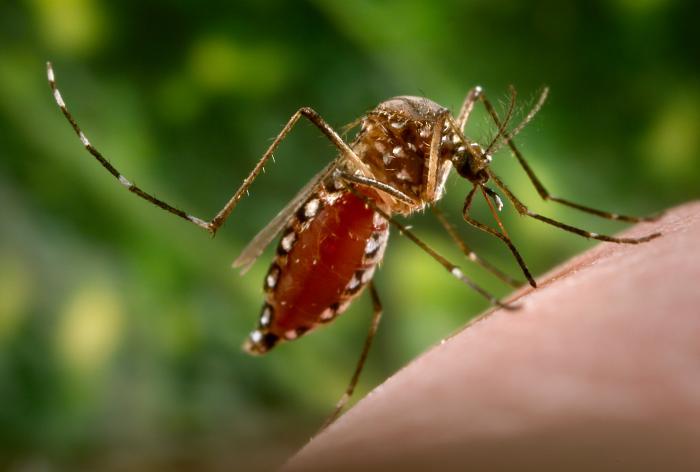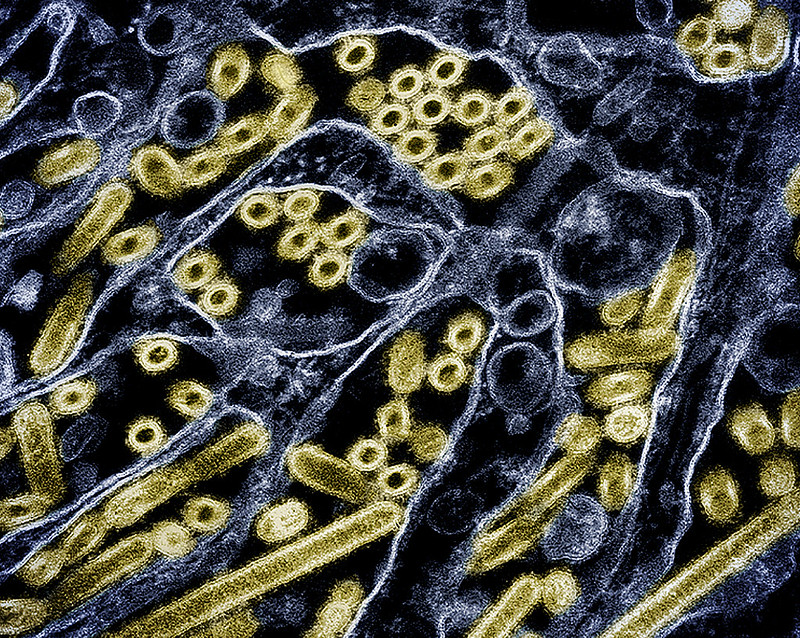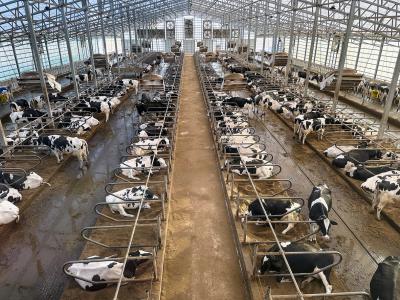
An international group of experts led by the Yale School of Public Health has proposed adding two sub-classifications to the current dengue virus (DENV) nomenclature to help identify and track strains of potential epidemiologic or clinical importance.
The proposed additions, published on the preprint server medRxiv, split the current genotypes of the mosquito-borne virus into "major" and "minor" lineages to provide more spatiotemporal details, offer ways to assign lineages to sequence data, and propose new lineages.
DENV "is currently causing epidemics of unprecedented scope in endemic settings and expanding to new geographical areas," they wrote. "It is therefore critical to track this virus using genomic surveillance. However, the complex patterns of viral genomic diversity make it challenging to use the existing genotype classification system."
Additions may improve inter-group communication
On a website, the researchers describe their classification assignment tool and how to use it. They also updated the viral genotype definitions to reduce the number of genomes that are unassigned or amorphously categorized as "related."
It is imperative to have a precise and common language to monitor continued DENV transmission in different spatio-temporal scales; and that this is communicable to clinicians and public health officials who may not have a background in genomics.
The team said the added major and minor lineages will aid country- and research group–level discussions of relevant dengue virus diversity.
"With the implementation of interventions (e.g. vaccines, Wolbachia-infected mosquitoes) that may eventually select for specific viral lineages, it is imperative to have a precise and common language to monitor continued DENV transmission in different spatio-temporal scales; and that this is communicable to clinicians and public health officials who may not have a background in genomics," the study authors wrote.
"Moreover, the proposed lineages are robust to classification using partial genome sequences," they added.
.jpg)














